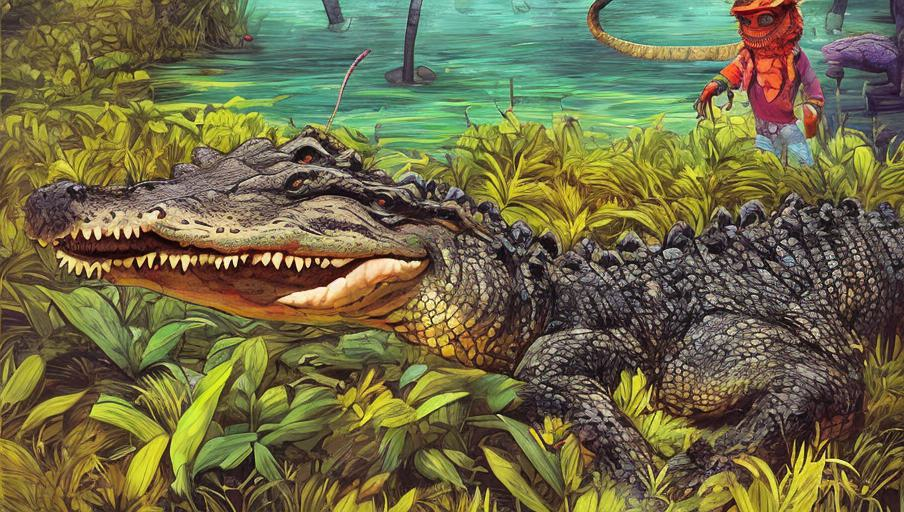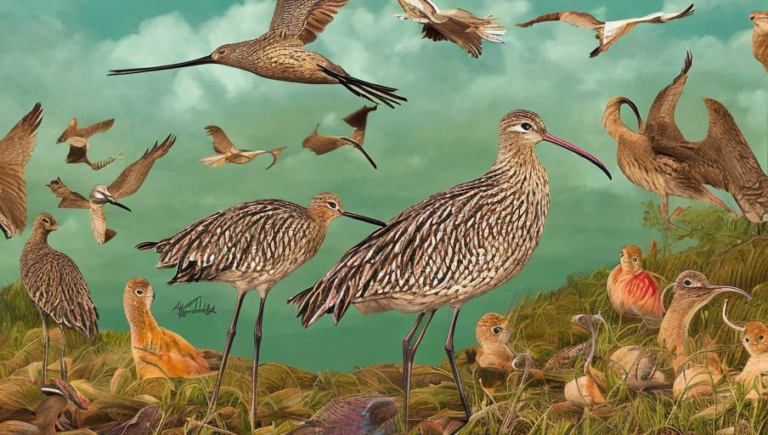A Guide to Alligator Conservation

Introduction to Alligators
Alligators are large, carnivorous reptiles that can be found in many parts of the world, including North America, Asia, and Africa. They are known for their powerful jaws and sharp teeth, and can grow up to 20 feet long and weigh over 1,000 pounds. Alligators are often considered to be a symbol of the wetlands they inhabit, and can be seen in swamps, marshes, and other wetlands. They are generally active during the day and sleep during the night, and feed on fish, frogs, and other small animals.
Alligator Conservation Efforts
Alligators are an important part of many wetland ecosystems, and their conservation is essential for maintaining healthy habitats. In the United States, alligators have been protected under the Endangered Species Act since 1967, and their populations have been steadily increasing. In addition to this, many states have enacted laws to protect alligators from hunting and other activities. Efforts have also been taken to restore wetlands and other habitats that are important to alligator populations.
Alligator Habitats
Alligators can be found in many different habitats, ranging from swamps and marshes to lakes, rivers, and estuaries. They generally prefer shallow, slow-moving water with plenty of vegetation, and are often found in areas with abundant food sources. Alligators also require access to dry land in order to bask in the sun and regulate their body temperature.
Threats to Alligator Populations
Alligator populations are threatened by a variety of factors, including habitat destruction, pollution, and hunting. The destruction of wetlands for development can significantly reduce alligator populations, as can pollutants that flow into the water. Hunting of alligators is also a major threat, and many states have enacted laws to restrict or prohibit it.
What You Can Do to Help Alligators
There are several steps that individuals can take to help protect alligator populations. One of the most important is to be aware of the laws and regulations regarding alligator hunting, and to obey them. Additionally, it is important to be mindful of alligator habitats and to avoid activities that could disturb them or destroy their habitats. Finally, individuals can also donate to or volunteer with organizations that are dedicated to protecting alligators and their habitats.
Conclusion
Alligators are an important part of many wetland ecosystems, and their conservation is essential for maintaining healthy habitats. Fortunately, there are a variety of efforts being taken to protect alligator populations, and individuals can also do their part by being aware of hunting regulations, respecting alligator habitats, and supporting organizations that are dedicated to conservation. By taking these steps, we can help ensure that alligators can continue to thrive in their natural habitats for generations to come.





